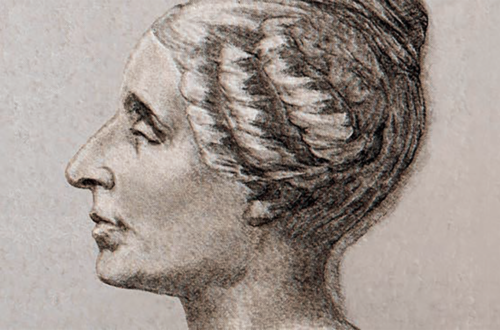Journal of the Mathematics Council of the Alberta Teachers’ Association
Volume 35 Issue 1, February 1998
The Common Curriculum Framework for K-12 Mathematics: Western Canadian Protocol for Collaboration in Basic Education was implemented in September 1997 for Kindergarten through Grade 9. While this new curriculum presents many challenges to teachers of mathematics, it simultaneously offers endless opportunities for teachers to improve the teaching and learning of mathematics for students. The challenges related to the implementation of the Western Canadian Protocol flow largely from the fact that this curriculum articulates clearly defined student expectations, general outcomes and specific outcomes (see the article by H. Sanders and G. Vivone-Vemon in this issue), in contrast to the past curriculum that for the most part outlined the prescribed content of the program only. In addition, the common curriculum framework incorporates seven related mathematical processes that are intended to permeate all teaching and learning of mathematics. Three mathematical processes–communicating mathematically; connecting mathematical ideas to other concepts in mathematics, to everyday experiences and to other disciplines; and relating and applying new mathematical knowledge through problem solving — have been consciously focused on in this issue of delta-K. The articles by R. M. McClintock, W. M. Carroll and C. F. Talton have an exclusive focus on mathematical problem solving.
The activities provided by S. E. Sigurdson, T. E. Kieren, T.-L. McLeod and B. Heating have been extracted from their booklet, «A Collection of Connections for Junior High Western Canadian Protocol Mathematics.” The examples selected for this issue have a particular focus on the mathematical processes of communication and connections. The remainder of the Teaching Ideas section has a distinct focus on problem solving with helpful problem solving strategies, lesson plans and a framework for assessing cooperative problem solving.
The feature articles represent an interesting selection. S. M . Pulver presents us with an interesting discussion about the fourth dimension by providing an historical and geometric perspective. L. Gordon Calvert offers us a number of rich scenarios in which algorithms are created or re-created using a variety of technology. E. Simmt shows us how parents and children can do mathematics together and how parents can assume a more involved role in their children’s education.
I hope that you find the various articles and teaching ideas presented in this issue interesting, challenging and useful in your mathematics classroom. During this time of change in mathematics, your submissions are needed more than eve.r. Please share your ideas, lesson plans and articles with your colleagues. They are always welcome.
Klaus Puhlmann
1 – 3
4
EDITORIAL
5
Florence Glanfield
6
Kay Melville
7
8 – 9
Klaus Puhlmann
10 – 16
The Pyramid Question: A Problem-Solving Adventure
Ruth M. M cClintock
17 -19
Increasing Mathematics Confidence by Using Worked Examples
William M. Carroll
20 – 24
Let’s Solve the Problem Before We Find the Answer
Carolyn F. Talton
25 – 28
Western Canadian Protocol: The Common Curriculum Framework (K-12 Mathematics)
Hugh Sanders and Gina Vivone-Vernon
29 – 37
A Collection of Connections for Junior High Western Canadian Protocol Mathematics
Sol E. Sigurdson, Thomas E. Kieren, Terri-Lynn McLeod and Brenda Healing
38 – 39
Art Jorgensen
40
Michael Richards
41 – 43
Problem Solving – A Part of Everyday Thinking
Octaviano Garcia
44
Linda Dickerson-Frilot
45 – 49
Assessing Cooperative Problem Solving
Joanna 0. Masingila
50 – 51
Sandra M. Pulver
52 – 55
Lynn Gordon Calvert
56 – 60
Reflections on an Extracurricular Parent-Child Mathematics Program
Elaine Simmt
61



